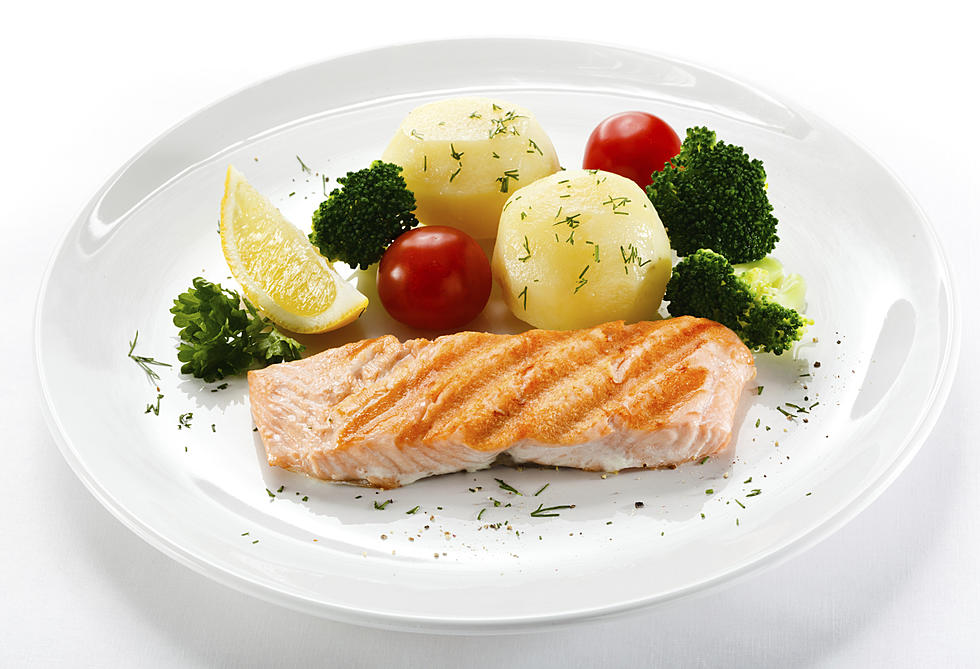
Wild vs Farm-Raised Salmon – Which Is Best?
Lite Rock 96.9
Salmon is known for its health benefits. It’s loaded with omega-3 fatty acids which can help with the function of our cells, nervous system, and inflammatory responses, I eat salmon every week and love it. However, all salmon are not created equally. It generally comes down to how they are raised, either wild or farm-raised. A lot of salmon offered today at supermarkets is actually farmed-raised.
So, what is the difference? For one they are sourced from vastly different environments. Wild salmon is caught in oceans, rivers, and lakes. Whereas farmed salmon uses a process called aquaculture to breed fish for human consumption. Farmed salmon are given a processed, high-fat, high-protein feed in order to produce larger fish. In fact, the production of salmon has increased from 27,000 to more than one million units in the last two decades.
There are also differences in nutritional value. Farmed-raised salmon eat processed fish feed whereas wild salmon eat various invertebrates. Farmed salmon is much higher in fat and wild salmon is higher in minerals like potassium, zinc, and iron.
A lot of people believe that farmed salmon is not as nutritional because of how they are raised and kept in close quarters with other fish, meaning they could be ingesting other fish contaminates. These contaminate are called PCBs, dioxins, and several chlorinated pesticides. PCB is associated with cancer and other health problems. While both farmed and wild salmon contain some contaminants, farmed salmon contains more.
No matter how it is raised, salmon is still a healthy type of fish. It has a high amount of omega-3s, protein, and nutrients. Wild-caught salmon is generally considered healthier. It might be more pensive but it is definitely worth it.
More From Lite 96.9 WFPG









